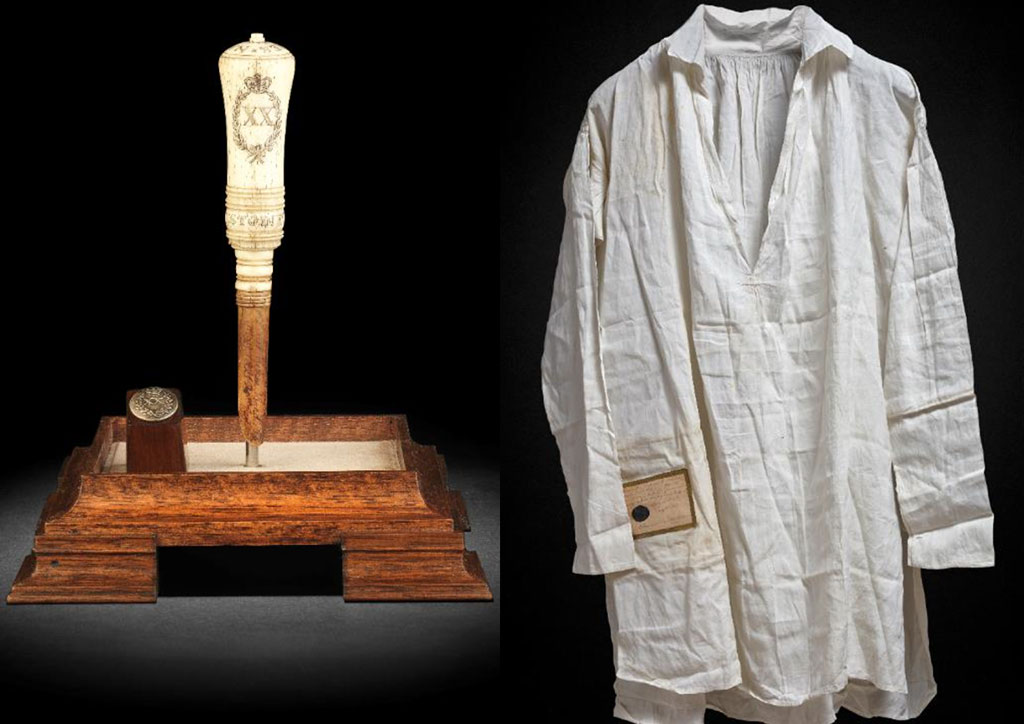These include items that were with the historical figure up until his death at the island of St. Helena.
This year marks two centuries since the death of the military leader and first Emperor of France Napoleon Bonaparte, who was then in exile on the island of St. Helena.
READ ALSO: Squid Game, But Make It Fashion: Bottega Veneta’s ‘The Maze’ Is A Surprise Art Installation In Seoul
To commemorate this anniversary year, auction house Bonhams will present Napoleon Bonaparte: The British Sale at New Bond Street, London on October 27.
The cross-category sale will feature an array of historically-significant items, from jewellery and manuscripts to personal effects and paintings. It explores Napoleon alongside other historically-related European figures.

Highlights of the sale will include personal artefacts from Napoleon as well as those of Vice Admiral Sir Thomas Hardy, the Duke of Wellington, Admiral Lord Nelson, and Joséphine Bonaparte, amongst others.
Among the array of items on offer will be Napoleon’s cane, made for the Emperor whilst he was on St. Helena (£70,000 to £90,000); Napoleon’s shirt worn on St. Helena, one of only six known from his will (£60,000 to £80,000); and a horsehair bracelet woven from the mane of Wellington’s horse Copenhagen, on which he sat for 18 hours during the Battle of Waterloo (£2,000 to £3,000).
Farewell to arms
One of the other unique highlights of the sale will be an engraved bone apple corer likely crafted by one of Napoleon’s guards from the 20th Regiment of Foot to commemorate his death on May 5, 1821 (£3,000 to 5,000).
After Napoleon’s defeat at Waterloo in 1815, the British sent him to the island of St. Helena to live in exile from Europe. The island, situated in the South Atlantic Ocean some 1,200 miles off the coast of Africa, was in the territory of the East India Company at the time.
In 1819, the 20th Regiment of Foot arrived on the island and were assigned as Napoleon’s guard at his residence, Longwood House. This force was in addition to the existing garrison of 3,000 soldiers, along with six ships on constant patrol of the coastal waters, and an array of heavier ships moored off the capital, Jamestown.
The carver has been inscribed with the emblem of the Regiment and “Longwood House,” as well as the inscription “quis custodiet” translates as “who will guard”—a clear reference to the maker’s position.
The date of his death is inscribed on the corer followed by the word “vale,” being the Latin for “farewell.” On the day of his funeral, Napoleon’s casket was carried by twelve grenadiers of his house guard.
For more information, visit Bonhams.com.
Banner: Portrait of Napoleon by Andrea Appiani, circa 1800.





